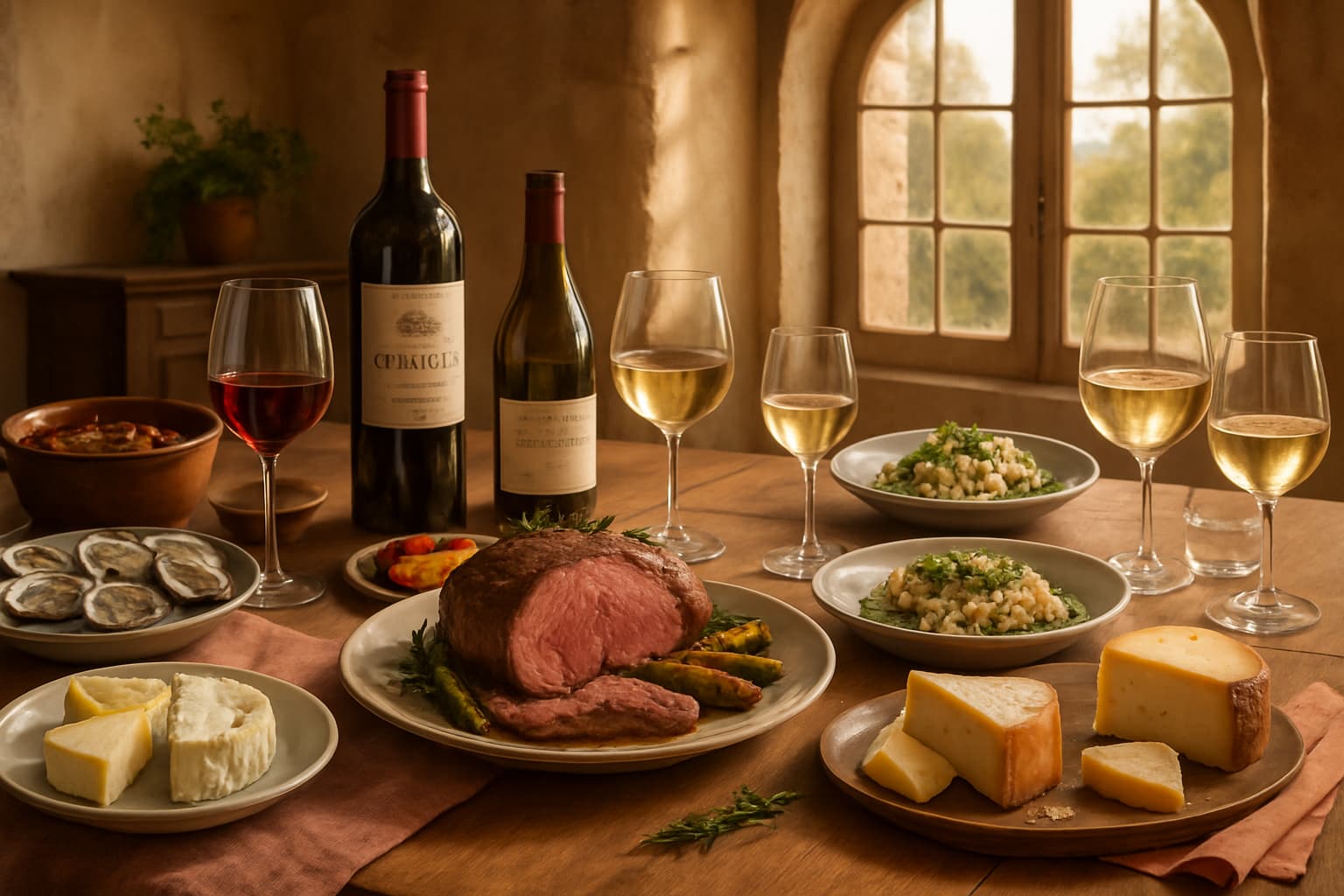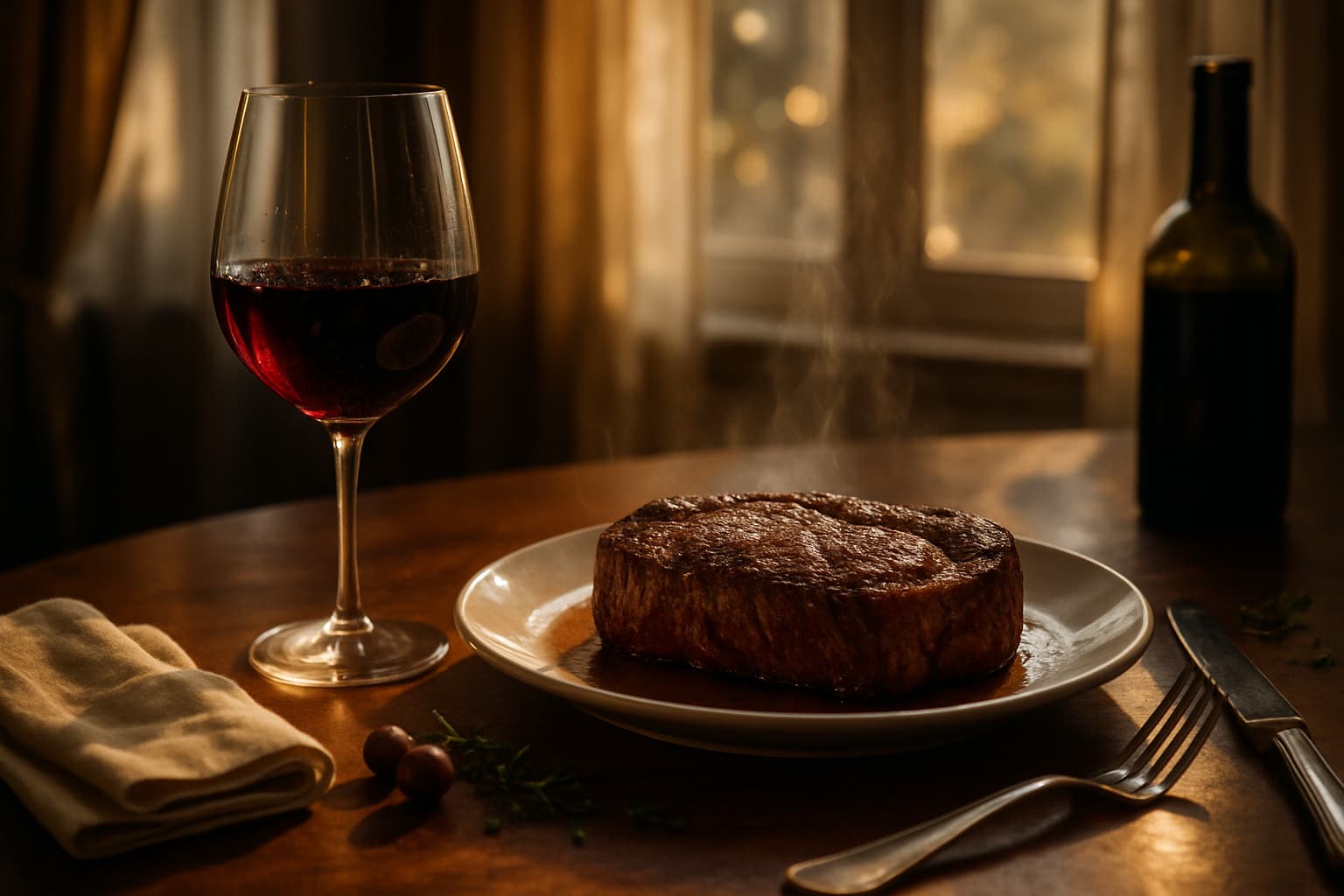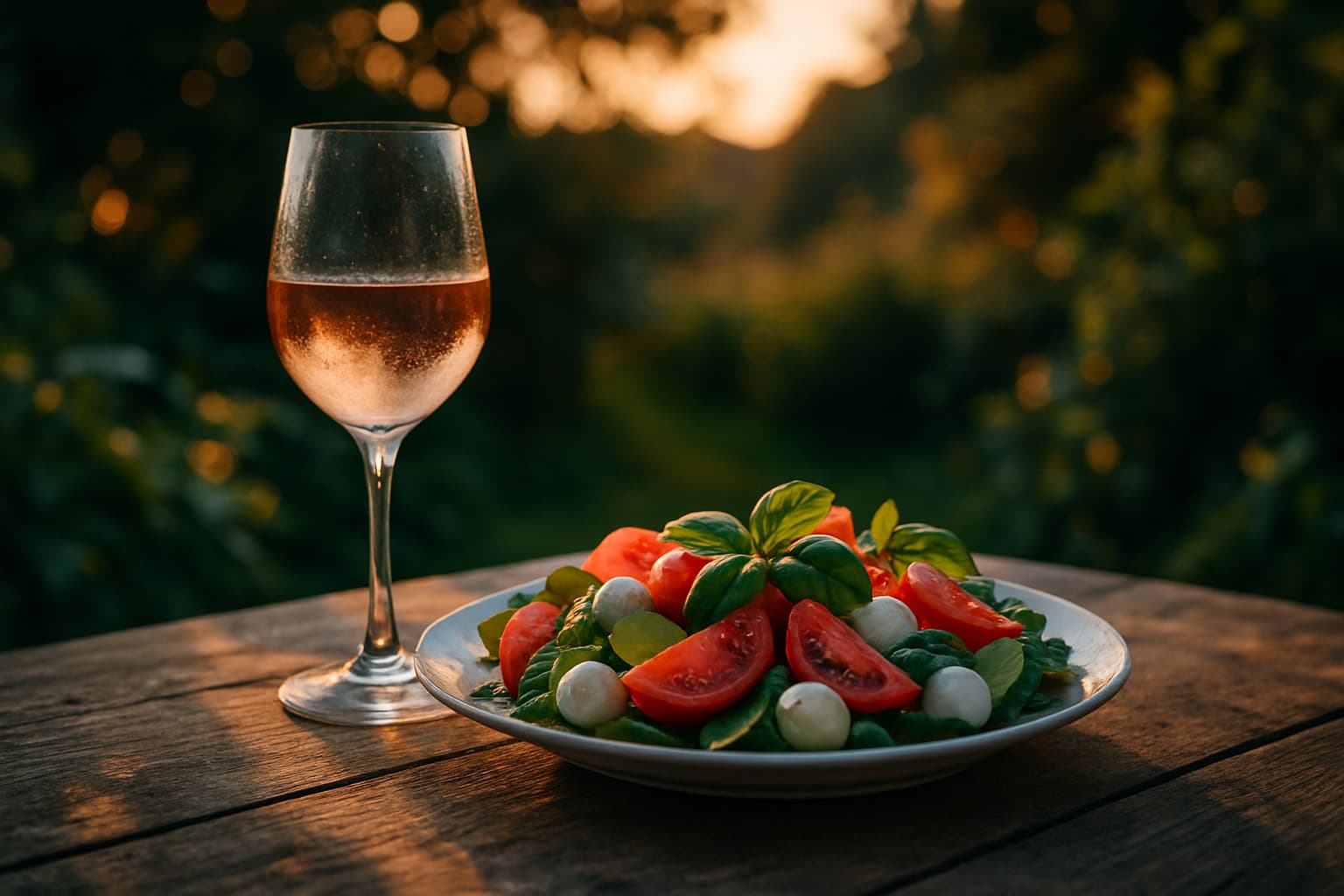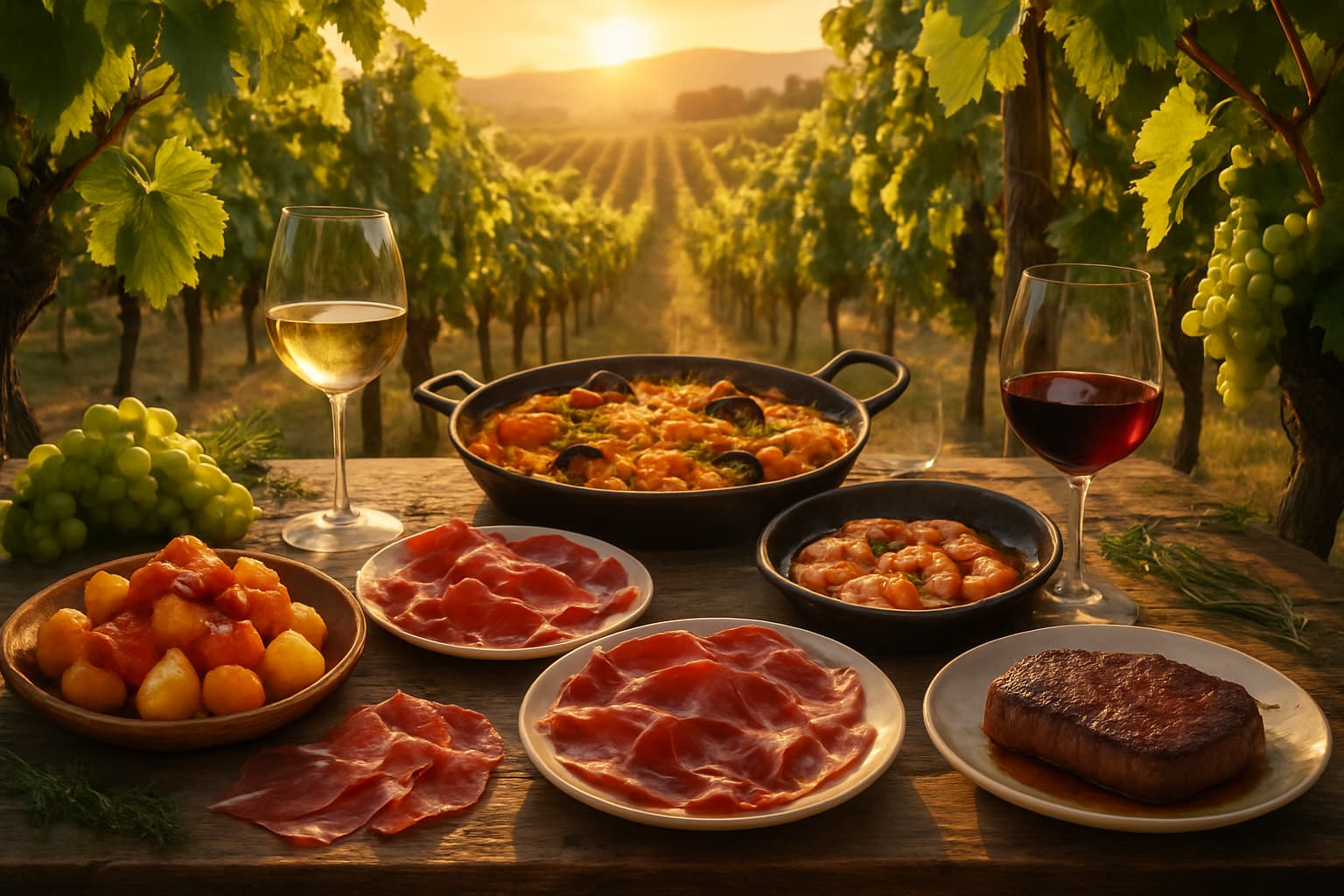

The Art of Pairing Red Wine with Red Meat
Oh, the sumptuous dance between a rich, velvety red wine and a succulent piece of red meat—it's a culinary romance that's as old as time itself. There's something utterly indulgent about this pairing, a sensual symphony that tantalizes the taste buds and warms the soul. Let's embark on a journey through the art of pairing red wine with red meat, where we'll explore the nuances, the flavors, and the sheer pleasure of this timeless combination.
The Sensual Science of Pairing
Pairing red wine with red meat isn't just about throwing together two robust flavors; it's a delicate balance of science and sensuality. The tannins in red wine, those astringent compounds that give wine its structure, interact beautifully with the proteins and fats in red meat. This interaction softens the tannins, making the wine smoother and more velvety on the palate, while the meat's flavors are enhanced and elevated.
Choosing the Right Red Wine
When selecting a red wine to pair with your red meat, consider the cut and preparation of the meat. For a tender, lean cut like a filet mignon, a lighter red wine such as a Pinot Noir can be the perfect match. Its delicate flavors and lower tannin content won't overpower the subtle taste of the meat. Imagine the silky texture of a Pinot Noir caressing your palate, complementing the tender bite of the filet.
For a richer, fattier cut like a ribeye or a T-bone, you'll want a wine with more body and tannin to stand up to the meat's boldness. A Cabernet Sauvignon, with its robust structure and dark fruit flavors, is an indulgent choice. Picture the deep, rich flavors of blackcurrant and plum mingling with the juicy, marbled meat—it's a match made in heaven.
The Magic of Merlot
Merlot, often overlooked, is a versatile wine that pairs beautifully with a variety of red meats. Its softer tannins and plush fruit flavors make it an excellent companion for a range of dishes, from a grilled steak to a slow-cooked pot roast. The smooth, velvety texture of a Merlot wraps around the meat, enhancing its flavors without overpowering them. It's like a gentle embrace, coaxing out the best in both the wine and the meat.
Exploring Regional Pairings
Different regions offer unique wines that can elevate your red meat dishes to new heights. For instance, the bold, earthy flavors of a Malbec from Argentina pair wonderfully with a hearty Argentine asado. The wine's deep purple hue and rich, dark fruit flavors echo the charred, smoky notes of the grilled meat, creating a harmonious and indulgent experience.
In Italy, a Chianti Classico, with its bright acidity and cherry flavors, is a delightful match for a classic bistecca alla fiorentina. The wine's lively acidity cuts through the richness of the steak, while its fruitiness complements the meat's savory flavors. It's a pairing that's both rustic and refined, a celebration of Italian culinary tradition.
The Role of Cooking Methods
The way you cook your red meat can also influence your wine pairing. A grilled steak, with its smoky, charred flavors, calls for a wine with enough body to stand up to the intensity. A Syrah, with its peppery notes and full-bodied structure, is an excellent choice. The wine's bold flavors and tannins can handle the robust taste of the grilled meat, creating a dynamic and satisfying pairing.
On the other hand, a slow-cooked braise, with its tender, melt-in-your-mouth texture, pairs beautifully with a wine that's softer and more nuanced. A Sangiovese, with its bright acidity and red fruit flavors, can enhance the rich, savory flavors of the braised meat, creating a harmonious and indulgent dish.
The Art of Experimentation
While there are guidelines to follow, the art of pairing red wine with red meat is also about experimentation and personal taste. Don't be afraid to try different combinations and discover what delights your palate. Perhaps you'll find that a bold Zinfandel pairs surprisingly well with a spicy lamb dish, or that a delicate Beaujolais brings out the best in a simple grilled burger.
The key is to savor the experience, to revel in the interplay of flavors and textures. Whether you're enjoying a luxurious steak dinner or a casual barbecue, the right wine can elevate the meal to a sensual and indulgent experience.
Conclusion
The art of pairing red wine with red meat is a journey of indulgence and discovery. From the delicate balance of tannins and proteins to the rich, bold flavors of different wines and meats, this pairing is a celebration of culinary pleasure. Whether you're savoring a tender filet with a silky Pinot Noir or enjoying a hearty ribeye with a robust Cabernet Sauvignon, the combination of red wine and red meat is a timeless and sensual delight. So, pour yourself a glass, fire up the grill, and let the magic of this perfect pairing envelop you in its warm, indulgent embrace.
More from Wine and Food Pairing
Master the Language of Wine
Tannins
Tannins are astringent compounds found in wine that contribute to its texture and aging potential, often causing a drying or puckering sensation in the mouth. They are derived from grape skins, seeds, and stems, as well as from oak barrels used during aging.
/ˈtænɪnz/
Malic acid
Malic acid is a naturally occurring organic acid found in grapes that contributes to the tart, green apple-like flavor and crispness in wine. It plays a significant role in the taste and acidity of wine.
/mælɪk ˈæsɪd/
Filtration
Filtration in winemaking is the process of removing solid particles from wine to clarify and stabilize it before bottling, using various types of filters to achieve different levels of clarity and remove unwanted elements like yeast, bacteria, and sediment.
/fɪlˈtreɪʃən/
Oxidation
Oxidation in wine is a chemical reaction between the wine and oxygen that can change its flavor, aroma, and color. This process can be beneficial or detrimental depending on the extent and context of the exposure.
/ˌɒksɪˈdeɪʃən/
Microclimate
Microclimate refers to the unique climate conditions of a small, specific area within a larger region, significantly influencing grapevine growth and the characteristics of the resulting wine.
/ˈmīkrōˌklīmit/
Subscribe to Our Newsletter
Get weekly wine recommendations, vineyard news, and exclusive content delivered to your inbox.

